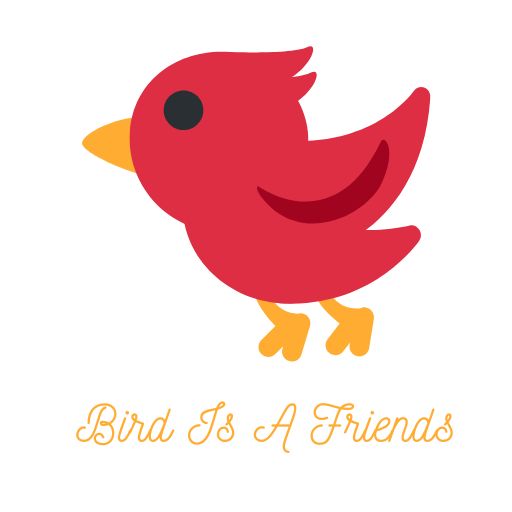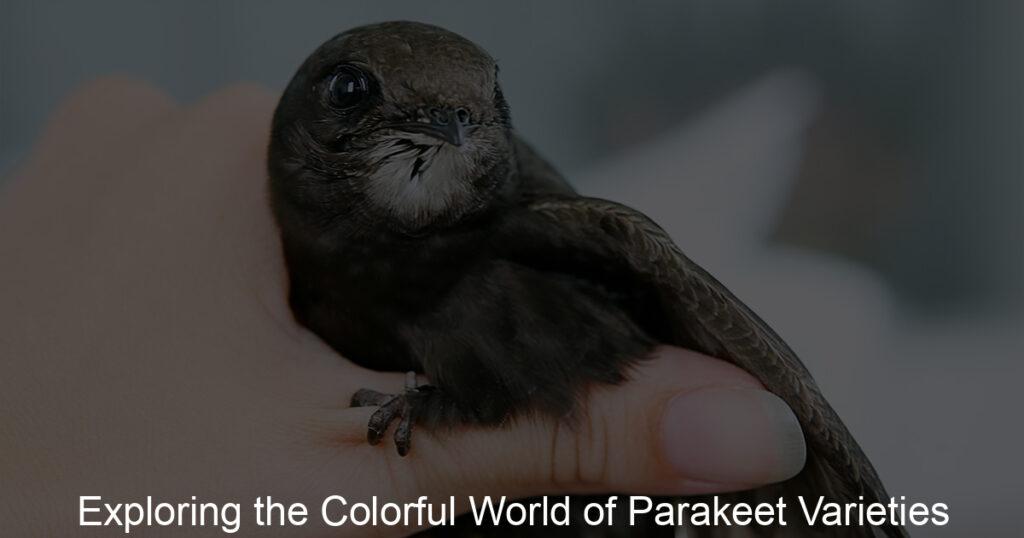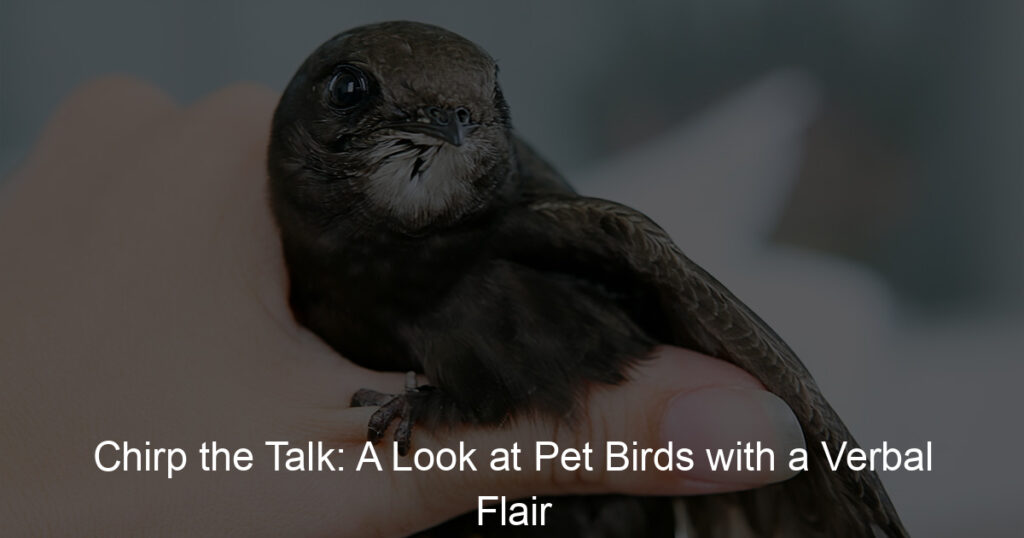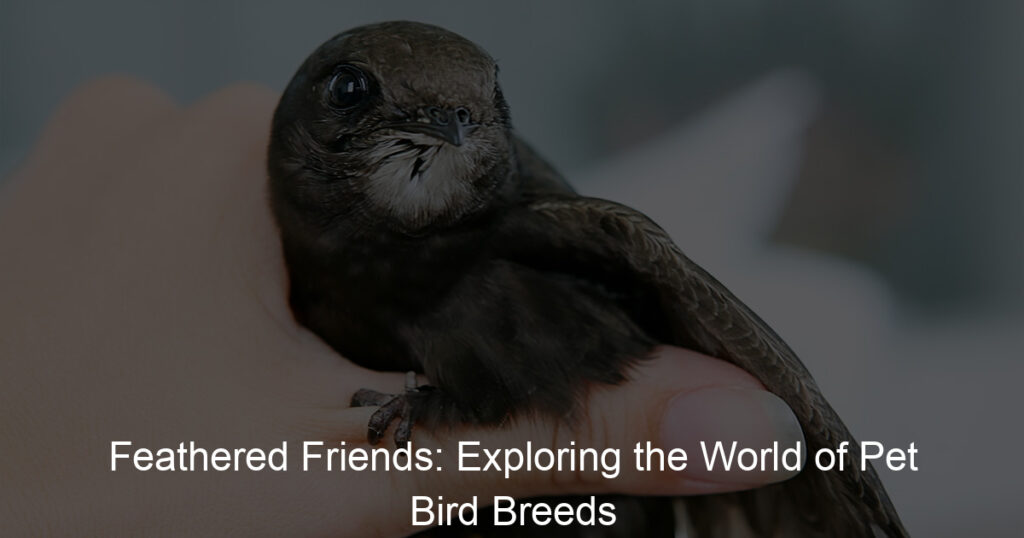Introduction to Parakeet Varieties
Also known as budgerigars or budgies, are among the most popular pet birds worldwide. They are loved for their vibrant colors, playful nature, and ability to mimic human speech. But did you know that there are numerous varieties of parakeets? Each of these varieties is unique in its own way, offering a fascinating array of colors, sizes, and characteristics. In this section, we will explore the diversity of parakeet species and the importance of their colors in identification.
-
- The diversity of parakeet species
There are over 100 species of parakeets, each with its own unique features and behaviors. Some of the most common include the Budgerigar, the Monk Parakeet, and the Indian Ringneck Parakeet. Despite their differences, all parakeets share certain traits. They are small to medium-sized birds with long, pointed tails and a strong desire to socialize. They are native to various parts of the world, including Australia, Asia, and South America, contributing to their rich diversity. Learn more about parakeet species on Wikipedia.
-
- The parakeet colors in identification
Comes in a rainbow of colors, from the classic green and yellow of the Budgerigar to the vibrant blues, purples, and reds of other species. These colors are not just for show – they can also help you identify the species and even the sex of a parakeet. For example, male Budgerigars typically have a blue cere (the area above the beak), while females have a brown or white cere. Understanding these color patterns can help you better care for your parakeet and appreciate its unique beauty. Discover more about parakeet colors on Wikipedia.
The Blue Parakeet
-
- The Blue Parakeet
Also known as the Budgerigar or ‘Budgie’, is a small bird native to Australia. It is known for its striking blue plumage, which can range from light sky blue to a deep cobalt. These birds typically measure between 18 to 20 cm in length and weigh around 30 to 40 grams. Their beaks are strong and hooked, perfect for cracking seeds, their primary food source. They also have a distinctive white and yellow face, with dark, round eyes.
-
- Behavior and Habitat of the Blue Parakeet
A social birds, often seen in large flocks in the wild. They are known for their playful and active behavior, making them popular pets worldwide. They communicate using a series of chirps and whistles, each with different meanings. In their natural habitat, they prefer dry areas like grasslands and woodlands. They adapt well to various environments, including human homes, as long as they have enough space to fly and play.
They are beautiful, intelligent and affectionate, making them a wonderful addition to any home. Their care requires attention to their dietary needs, social interaction, and mental stimulation. With proper care, these birds can live up to 10 to 15 years, providing companionship and joy to their owners.
For more information about Blue Parakeets, you can visit their Wikipedia page.
Exploring Parakeet Colors
Common Parakeet Colors
-
Green Parakeets
The most common of all, they are often a bright, vibrant green that can vary in shades. Some are a light, almost lime green, while others are a deep, rich forest green. This color is often combined with yellow or blue, creating a beautiful and unique pattern. Wikipedia has a great article on the variety of green parakeets.
-
Yellow Parakeets
Also quite common, they can range from a pale, almost white yellow to a deep, rich gold. Some yellow parakeets also have green or blue markings, adding to their beauty. The yellow parakeet is often associated with happiness and sunshine, making it a popular choice for pet owners.
-
White Parakeets
A bit less common, but still quite popular. They are often pure white, with no other colors in their plumage. This gives them a clean, elegant look that many people find appealing. White parakeets can sometimes have a slight blue or yellow tint to their feathers, adding a subtle hint of color.
These are just a few of the many colors that parakeets can come in. Each bird is unique, with its own combination of colors and patterns. No matter what color a parakeet is, they are all beautiful and fascinating creatures.
Rare Parakeet Colors
-
- Grey Parakeets
A rare and beautiful sight, their feathers are a mix of light and dark grey, giving them a unique and sophisticated appearance. They are often mistaken for other bird species due to their unusual color. Despite their rarity, grey parakeets are known for their friendly and playful nature, just like their more common counterparts. Learn more about grey parakeets here.
-
- Purple Parakeets
Another rare variety, these birds have a deep, rich purple color that is truly stunning. They are a result of selective breeding and are not commonly found in the wild. Known for their vibrant color and lively personality. They are a favorite among bird enthusiasts for their unique color and charming personality. Click here to know more about purple parakeets.
-
- Black Parakeets
The rarest parakeet colors, their feathers are a deep, glossy black, making them stand out in any setting. These birds are not only rare but also very unique in their behavior. They are known for their quiet and calm demeanor, which is a contrast to the typically lively nature of parakeets. Find out more about black parakeets here.
Types of Parakeet Birds
Parakeets are a diverse group of birds with many different types and species. Each type of parakeet has its own unique characteristics, colors, and behaviors.
-
Budgerigar Parakeets
Also known as Budgies, one of the most common types of parakeets. Originating from Australia, they are small in size and have a variety of color patterns. Known for their playful nature and ability to mimic human speech. They are also relatively easy to care for, making them a popular choice for first-time bird owners.
-
Monk Parakeets
Known as Quaker Parakeets, are native to South America. They are larger than Budgies and are known for their bright green color and distinctive grey chest and face. Monk Parakeets are social birds and are known for their intelligence and ability to learn tricks and mimic sounds.
-
Rosella Parakeets
A native to Australia and Indonesia. They are known for their vibrant colors and patterns, which include combinations of red, blue, yellow, and green. Rosellas are known for their strong flying abilities and their loud, distinctive calls. They require a lot of space and mental stimulation, making them more suitable for experienced bird owners.
These are just a few examples of the many types of parakeet birds. Each type has its own unique characteristics and care requirements, so it’s important to do your research before deciding which type of parakeet is right for you.
Pictures of Different Types of Parakeets
-
Visual Guide to Identifying Parakeet Varieties
A diverse group of birds, with many different types and varieties. Some of the most common types include the Budgerigar, the Rose-faced Parakeet, and the Monk Parakeet. Each type has its own unique features and characteristics.
For example, the Budgerigar is known for its bright green color and black stripes, while the Rose-faced Parakeet is recognized by its rose-colored face and green body. The Monk Parakeet, on the other hand, is larger and has a more subdued color palette, with a mix of green and gray.
Here are some pictures to help you identify these different types:



-
Understanding Parakeet Colors Through Images
Ranging from the classic green to vibrant blues, yellows, and even whites. The color of a parakeet can tell you a lot about its type and origin.
For instance, the classic green color is often associated with the Budgerigar, which is native to Australia. On the other hand, the vibrant blue color is often seen in the Rose-faced Parakeet, which is native to South America.
Here are some images to help you understand these different colors:




The different types and colors, you can better appreciate the beauty and diversity of these wonderful creatures.
Large Parakeet Breeds
They are small to medium-sized species of parrot, native to various parts of the world. Among the numerous varieties, there are some larger breeds that are particularly noteworthy.
-
- Indian Ringneck Parakeets
A large breed known for its distinctive ring around the neck. They are highly intelligent and can learn to mimic human speech. These birds are usually around 16 inches in length, making them one of the larger parakeet breeds. They come in a variety of colors, but the most common are bright green with a blue tail.
-
- Quaker Parakeets
Another large breed, native to South America. They are known for their unique ability to build elaborate nests. Quaker Parakeets are usually around 11-12 inches in length. They are predominantly green with a greyish chest and face, and they are known for their loud, chatty nature.
-
- Alexandrine Parakeets
One of the largest parakeet breeds, reaching up to 23 inches in length. Named after Alexander the Great, who is said to have had one as a pet, these parakeets are native to India and Sri Lanka. They are known for their striking appearance, with a deep green body, a red beak, and a pink collar around the neck.
These large parakeet breeds offer a unique experience for bird enthusiasts. They are not only beautiful to look at, but they also have distinct personalities and behaviors that make them fascinating pets.
Conclusion: The Beauty of Parakeet Diversity
-
- Recap of parakeet varieties and colors
We’ve explored the wide range of parakeet varieties, each with its unique characteristics and charm. We’ve seen the striking blue parakeet, known for its captivating azure feathers. We’ve delved into the myriad of parakeet colors, from the classic greens and yellows to the more exotic blues, whites, and even multicolored varieties. We’ve also looked at the different types of parakeet birds, each with its distinct traits and behaviors. The diversity in size was also evident, from the smaller, more common breeds to the larger, more exotic ones.
-
- Preserving parakeet species diversity
These species is not just about maintaining their beauty for future generations to admire. It’s also about preserving the balance of our ecosystem. They play a crucial role in seed dispersal, helping to maintain the diversity and health of our forests and woodlands. They are also an important source of food for predators, contributing to the balance of nature. Therefore, we must make concerted efforts to protect and conserve these beautiful creatures and their habitats.
They are a testament to the beauty and diversity of nature. By appreciating and preserving their species diversity, we are playing our part in maintaining the balance and health of our ecosystem.







